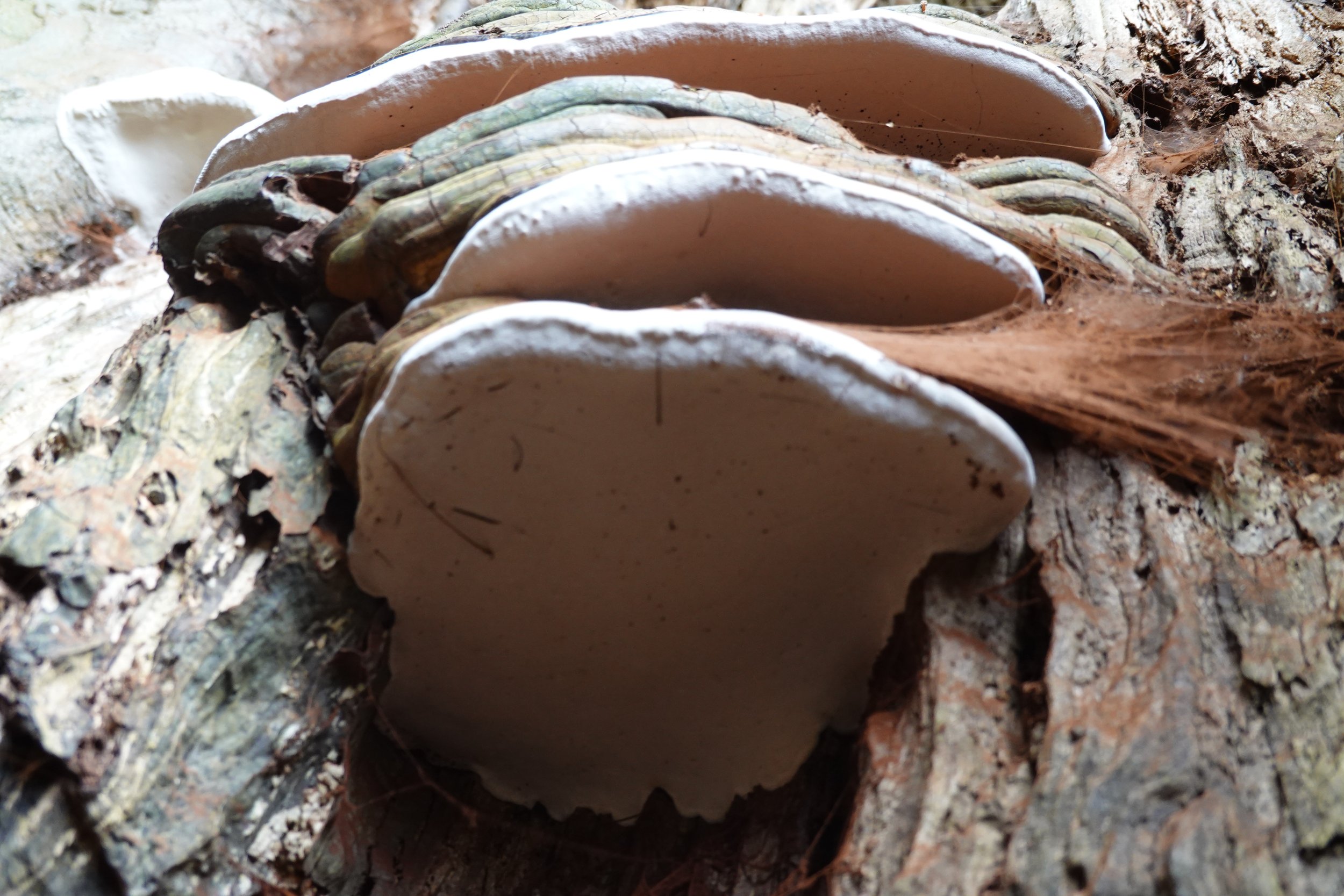
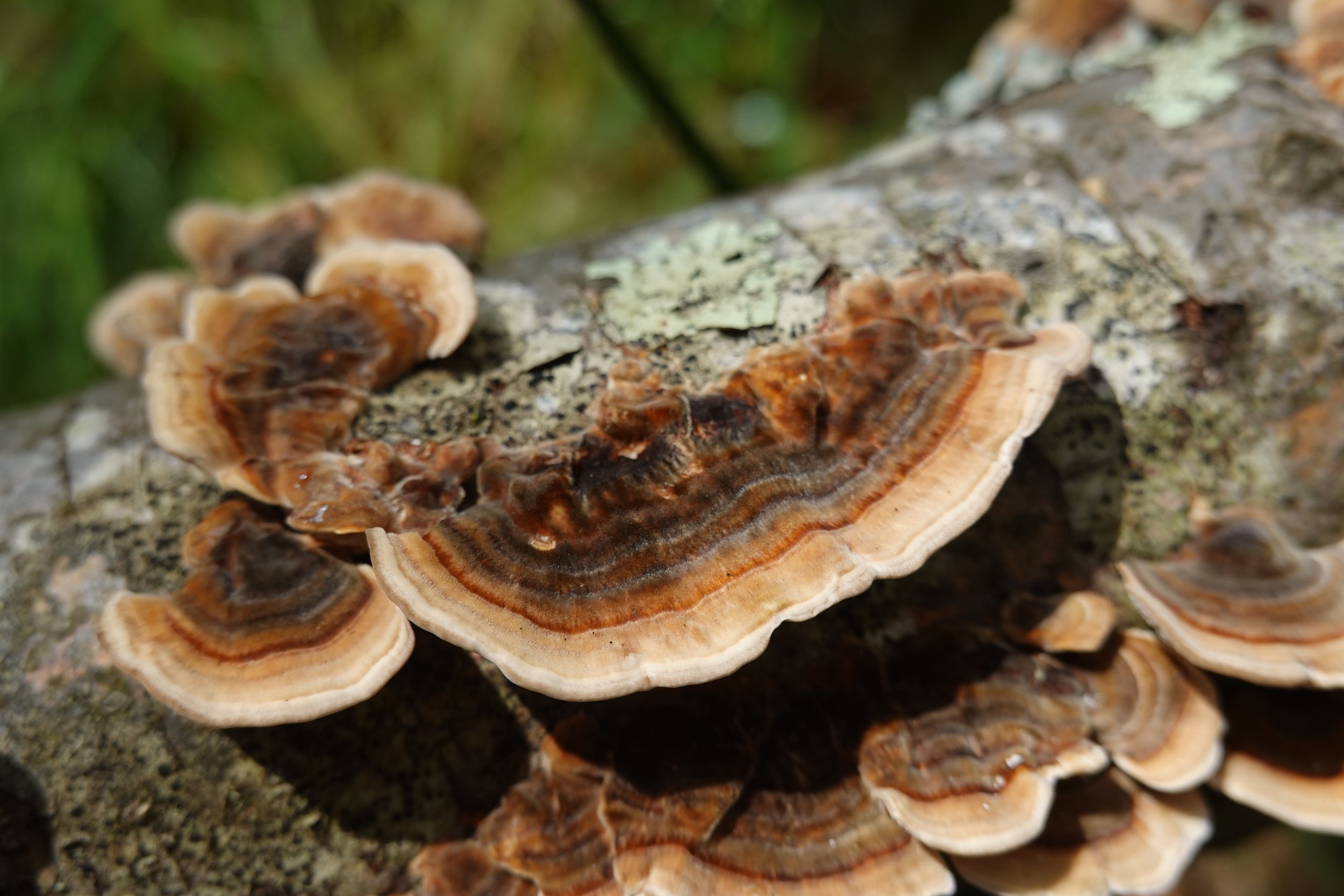
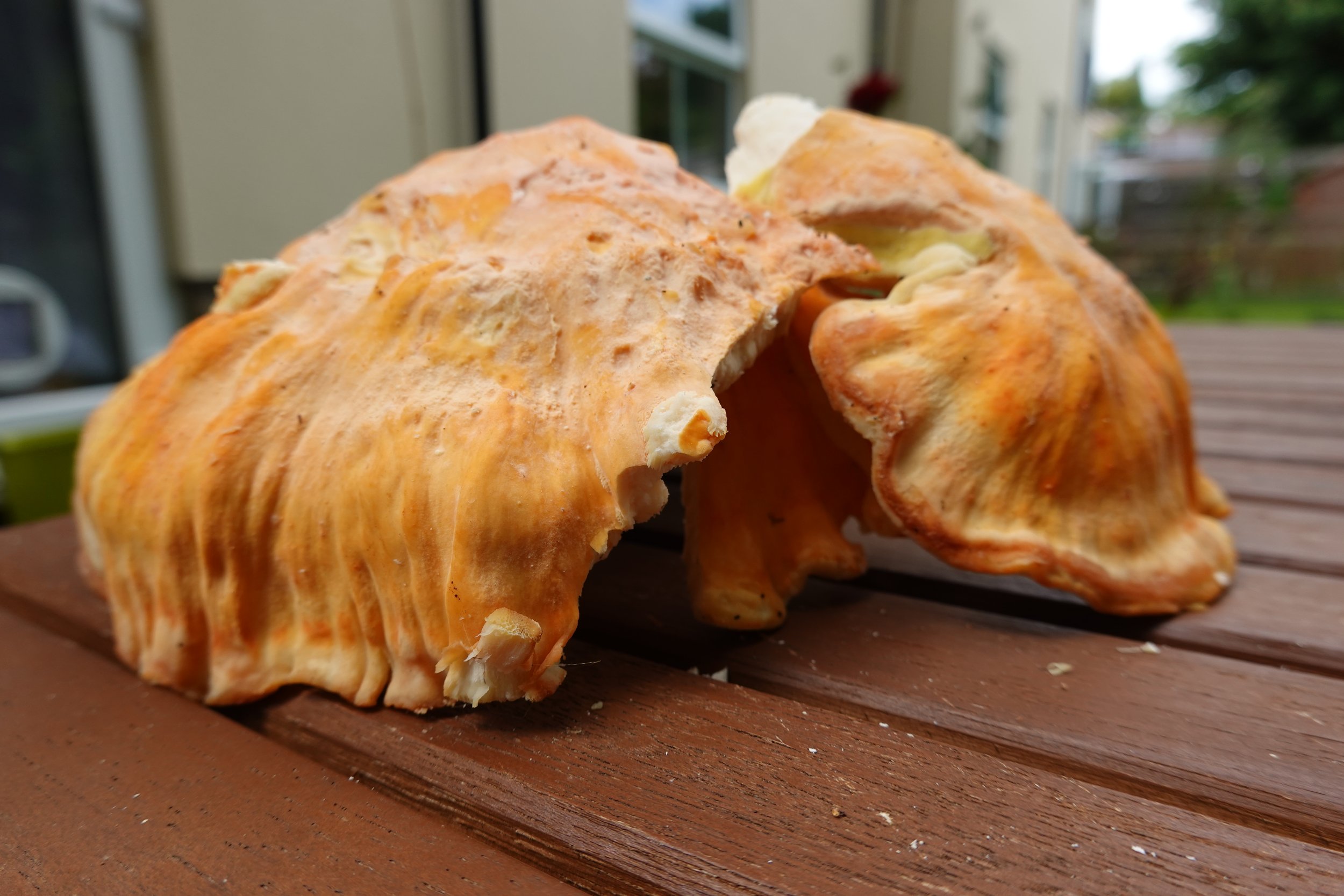
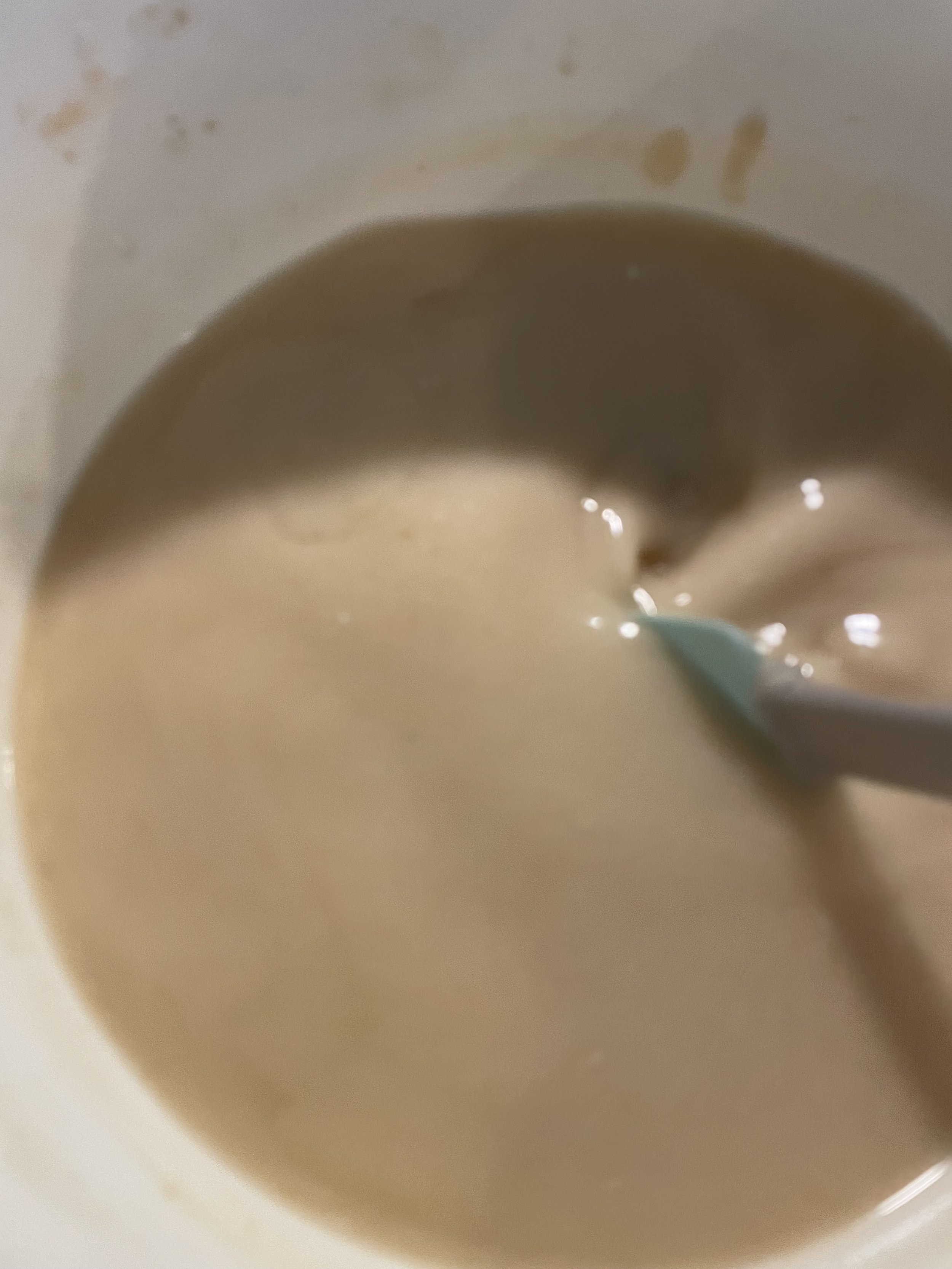
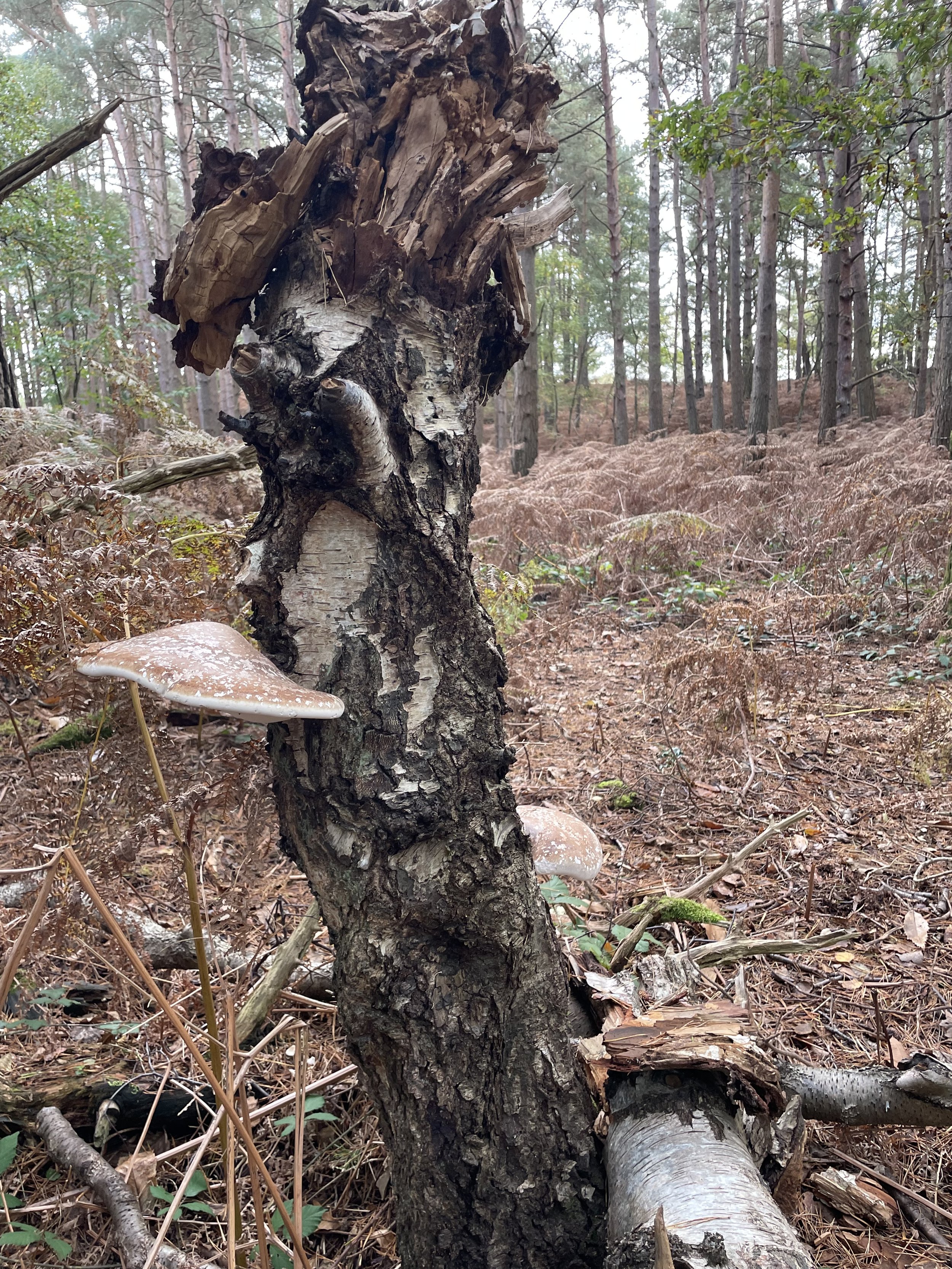
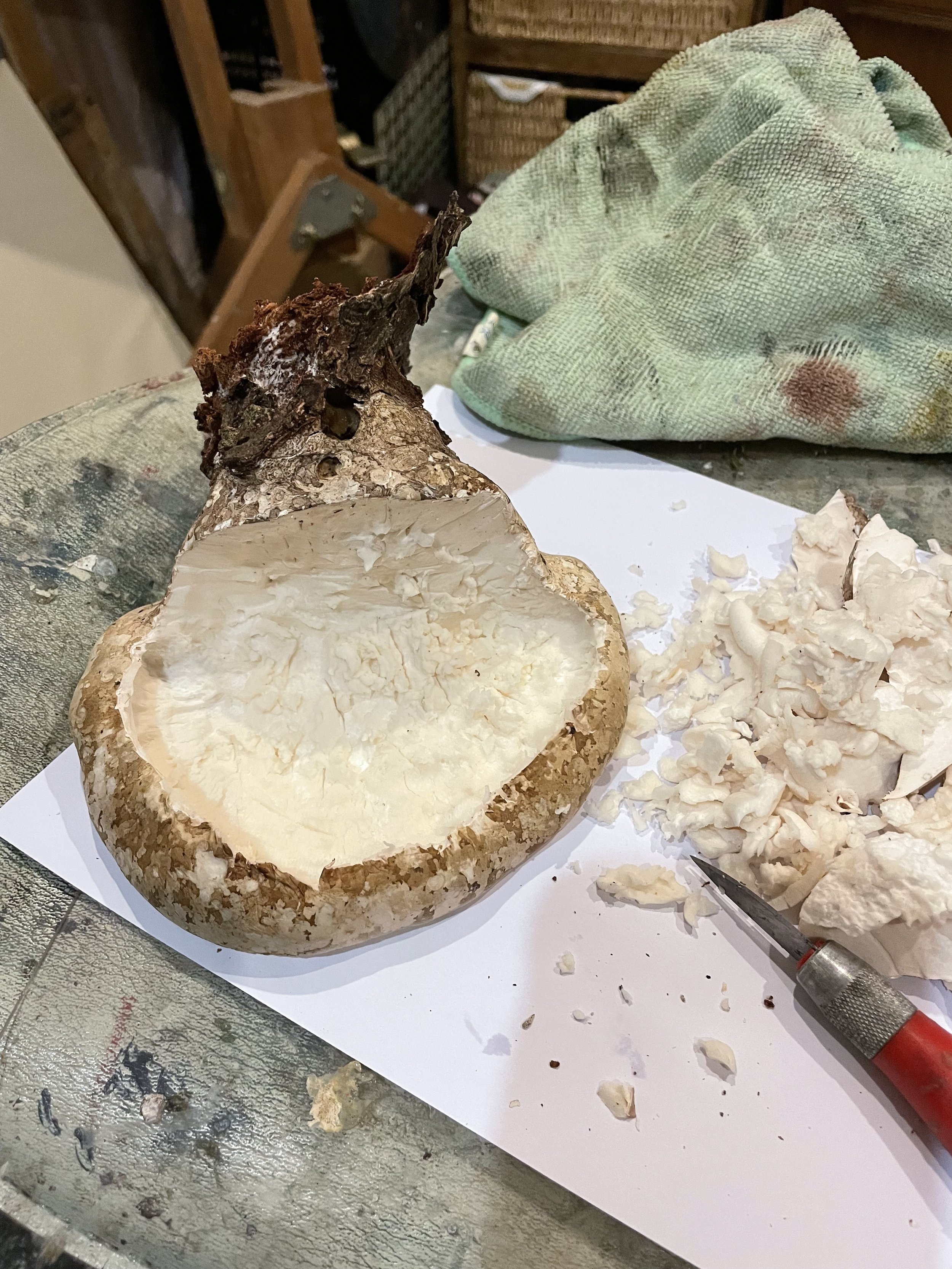
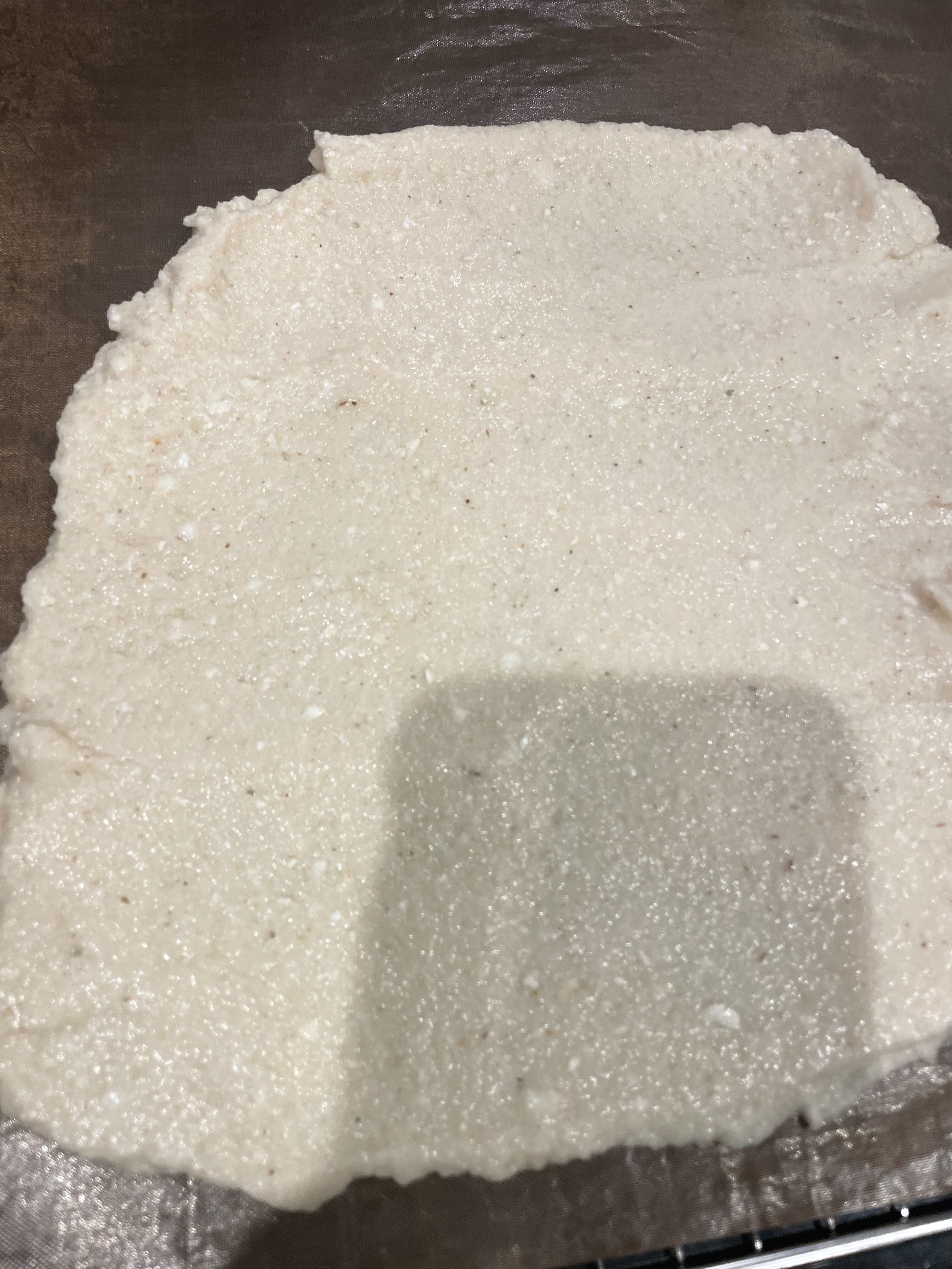
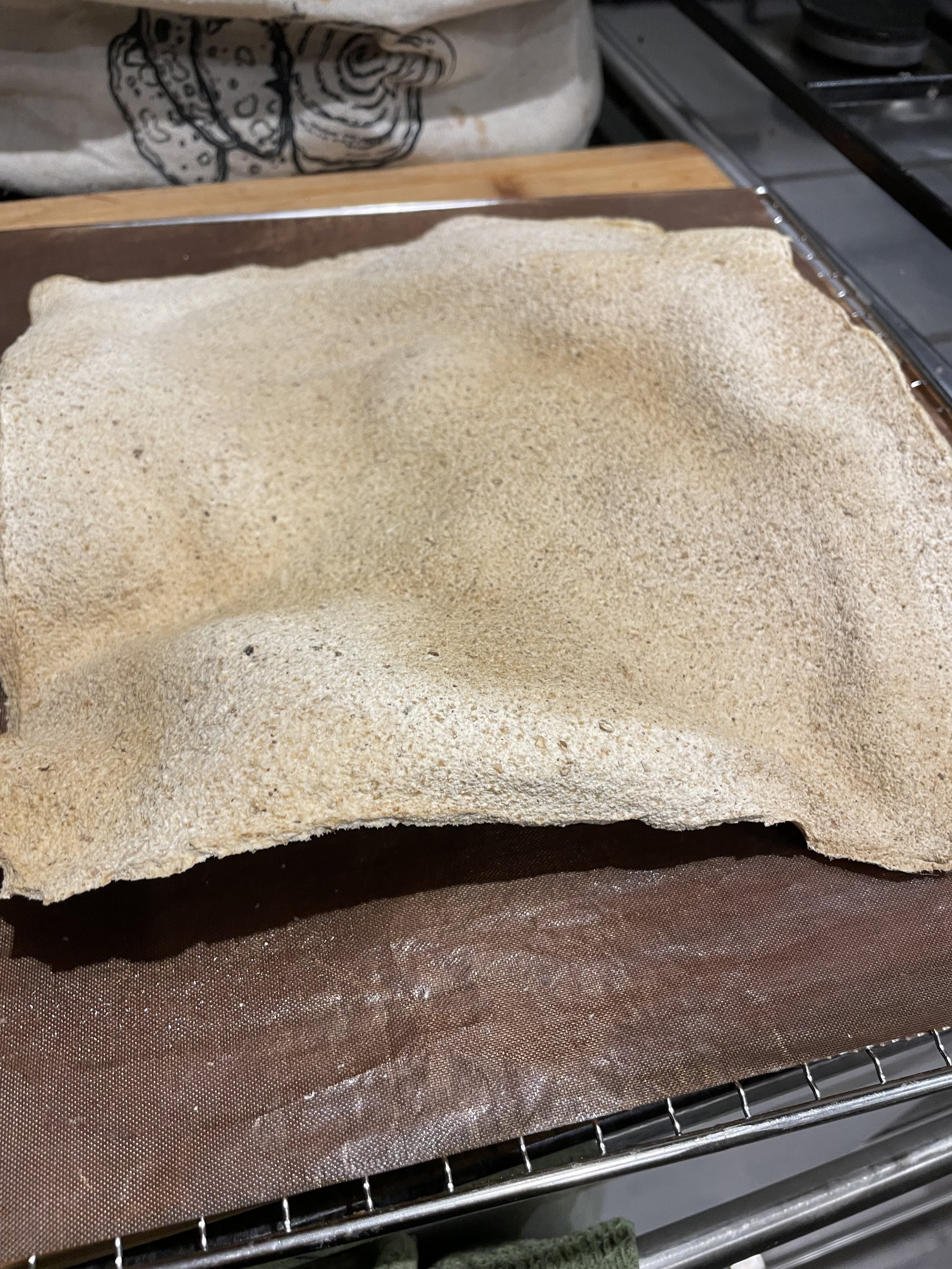
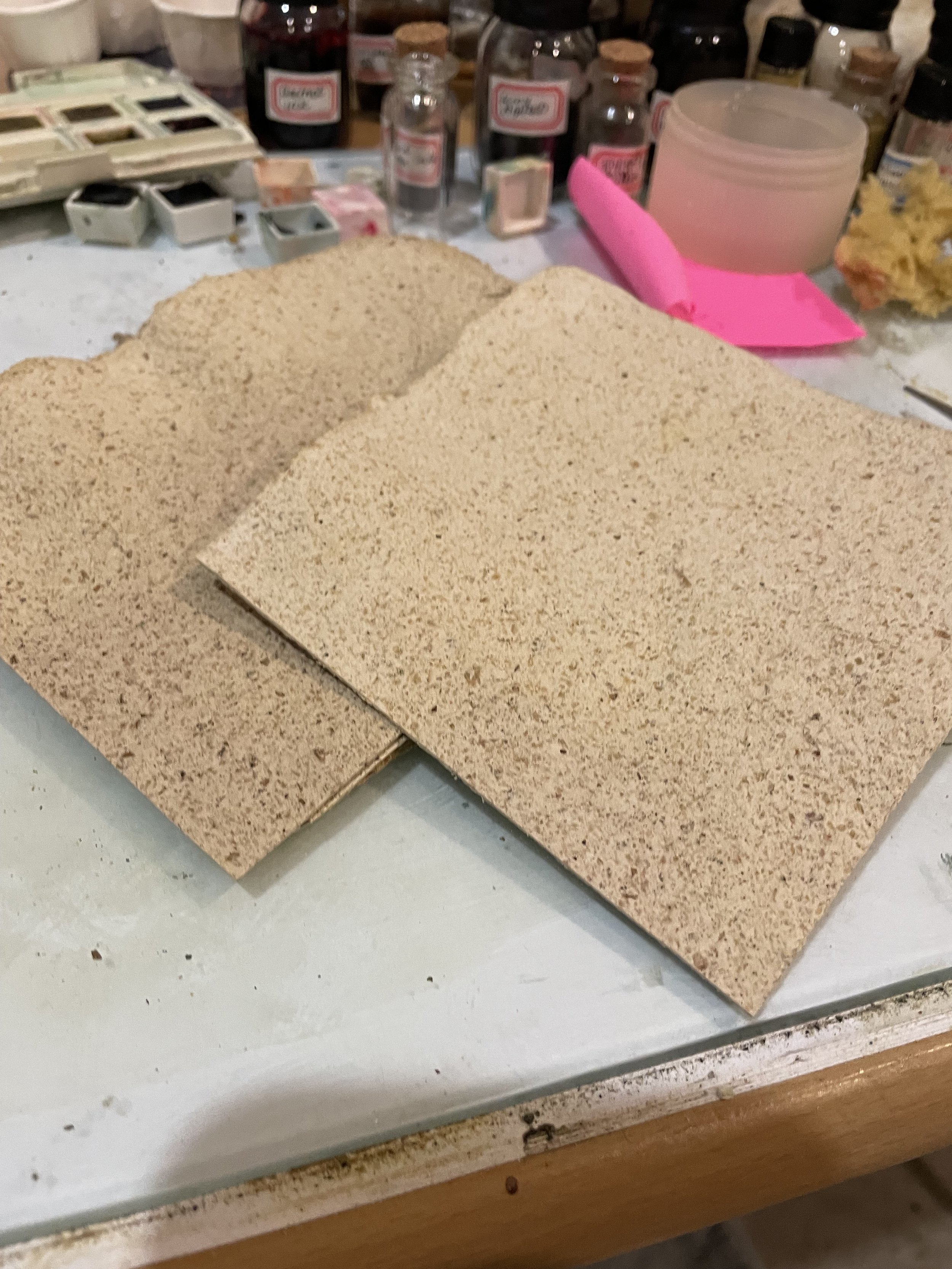
Exploring Mushroom-Based Papermaking: A Sustainable Art Practice
My initial foray into mushrooms was for their medicinal properties, particularly for managing an autoimmune condition. Species like Trametes versicolor (Turkey Tail) and Fomitopsis betulina (Birch Polypore) have demonstrated potential therapeutic benefits. However, as my understanding of fungi expanded, I became interested in their applications for sustainable art materials—a process that felt like reconnecting with nature on a profound, almost instinctual level.
While investigating processing techniques for birch polypores, I came across the pioneering work of Miriam C. Rice. In the 1970s, Rice explored the artistic potential of mushrooms, utilizing them to produce dyes, pigments, and even handmade paper. Her research sparked my interest in creating paper from mushrooms, an idea that initially seemed feasible due to the chitin composition of fungal cell walls. Chitin, a robust biopolymer found in the exoskeletons of arthropods, shares some structural similarities with cellulose—the primary component in traditional, plant-based paper.
Historically, the use of cellulose-based fibres for papermaking was first developed in China during the 1st century C.E. Before then, people inscribed information on clay, metal, papyrus, and animal skins. Papermaking methods spread from China to Japan by the 6th century and eventually reached Europe by the 10th century. The 19th century saw the mechanization of paper production, which revolutionized information dissemination. By the 1970s, researchers began exploring alternative fibre sources for environmental and sustainability reasons, leading to successful experiments in creating paper from shrimp shells, which, like fungal cell walls, contain chitin. This breakthrough motivated Miriam Rice to experiment with mushroom-based paper, yielding remarkable results, especially with woody fungi such as polypores.
My research indicates that various tree-dwelling fungi can produce durable and aesthetically appealing paper. Species like Trametes versicolor (Turkey Tail), Ganoderma lucidum (Reishi), and Fomitopsis betulina (Birch Polypore) are excellent candidates due to their fibrous structure, which adapts well to pulping, dyeing, and inking. These fungi can be acquired through sustainable harvesting (wildcrafting), purchasing, or home cultivation on logs or in growing bags.
For small-scale mushroom papermaking, a few essential tools suffice. A well-ventilated workspace with water access is ideal, as papermaking is inherently messy. Key equipment includes a blender for pulping the mushroom fibres, a tub to contain the pulp slurry, a mold and deckle to shape the sheets, and absorbent fabric to press excess water from the sheets. The resulting sheets can then be flattened and air-dried. Initially, I followed traditional techniques but encountered challenges, particularly in transferring the pulp from the deckle without tearing. These initial attempts produced sheets that were often too thin and small for practical use.
Through experimentation, I modified my approach with improved results. After pulping a blend of Laetiporus sulphureus (Chicken of the Woods) and birch polypore, I drained the pulp thoroughly before shaping it between fabric and parchment paper. By using a dehydrator set at 55°C for controlled drying, I produced a more workable paper. Monitoring the drying process closely helped maintain the sheet's shape; allowing the paper to dry too quickly causes it to warp. Once the sheet reached a pliable but still damp stage, I layered it with parchment and a weighted tray to stabilize its shape until fully dry. The final product, though delicate around the edges, is suitable for small sculptural applications and offers potential for ephemeral art forms.
Creating paper from mushrooms at home offers a rewarding and sustainable way to engage with nature. With basic tools and an interest in wildcrafting, nearly anyone can try this process, gaining insight into fungi and sustainable art materials. This work has inspired me to document my progress across various mushroom species, and to expand the range of fungi-based papers for artistic expression.
https://www.youtube.com/watch?v=o1Dn7GsBsmU